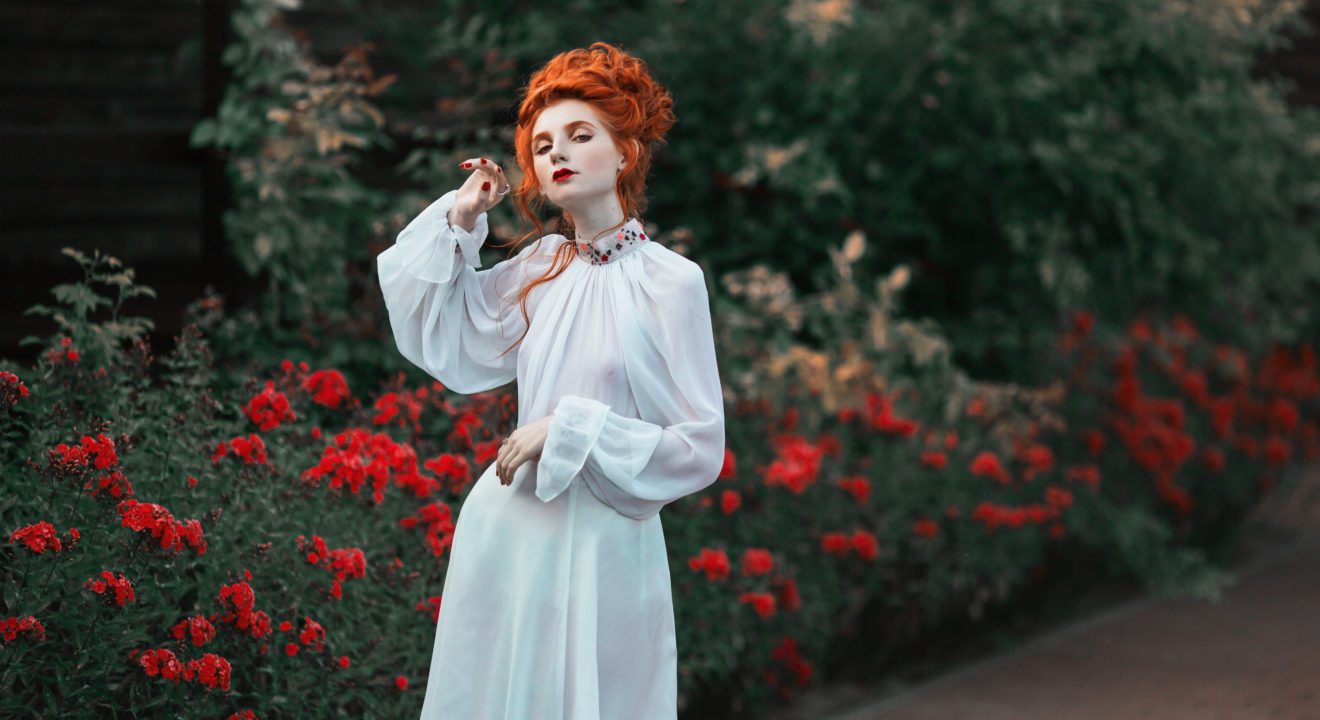May 7, 2017


Taylor Swift is one of the largest pop stars ever. She’s got a huge following, mostly from young women who feel connected to the star. They feel like Taylor Swift writes the music that is in every teenage girls’ heart. Every song is about or makes reference to love and relationships. However, music about the complicated business of being in love is not new or unique to Taylor Swift.
Since we have had music in our lives we have written about the things that concern us directly. One of the biggest things in our lives as a collective has been love. Song writers throughout the ages have always focused on the lovesick duo trying with all their might to be together. Surprisingly the Renaissance offers a treasure trove of motets, madrigals, chansons, and trouveres that use many creative (albeit complicated) techniques to represent the complicated and sometimes nonsensical aspects of love.
Adam de la Halle: De Ma Dame, motet
This complicated motet represents a trend towards complicated music written during the Renaissance in Western Europe. A standardized form of musical notation is relatively new at this point and it revolutionizes how song writers and composers view the intersection of different lines in a piece of music.
Adam de la Halle wrote this motet about two clueless lovers sometime during the 13th century. It features three different singers simultaneously. The bottom line, also the slowest, provides the rhythmic and melodic backdrop for the other two lines. The middle line is the lady of this story. She’s sighing and wishing away for her love to come to her.
The reason why the two lovers are separated is never made clear, but it sounds like some fight must have happened: “Never has anyone loved and then for so little been/ hated.” Meanwhile the top line is the second line’s lover pining away and missing his better half. To drive home the irony, de la Halle pits the two lines against each other in the music.
When you listen to it all together, you can barely distinguish one line from the other, an apt representation of two clueless people singing over each other about how much they miss each other.
Guillame de Machaut: Foy Porter, virelai
14th Century Paris was the time and place to write about courtly love and Guillame de Machaut was the composer to do it. 1300’s era Parisians believed courtly love improved a person’s character. And at this time, courtly love was typically unrequited love.
Alas, the topic of this piece focuses on unrequited love. The subject in question, however, feels the suffering and pain he endures at the hands of fate are nothing compared to the love he feels. He addresses the spontaneous yet enduring nature of love, the fact that you can’t control who you fall in love with and that those feelings don’t die away easily. “…one could sooner dry up/ the deep sea/ and hold back its waves/ than I can constrain myself/ from loving you…”
His lady love will probably never acknowledge his existence, but that’s the point of courtly love.
Along with these two pieces are a whole three hundred or so years’ worth of music focused on one of the closest relationships a person can experience with someone else. Coming out of the previous era of a primarily sacred focus, it was refreshing and creative for many song writers to make music about a more secular view of life.